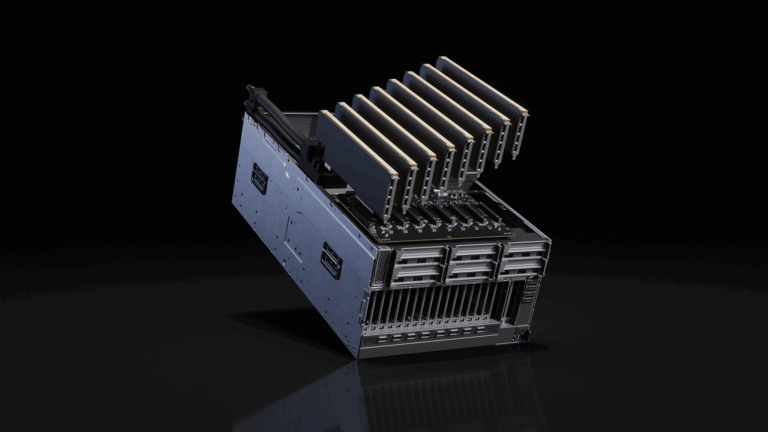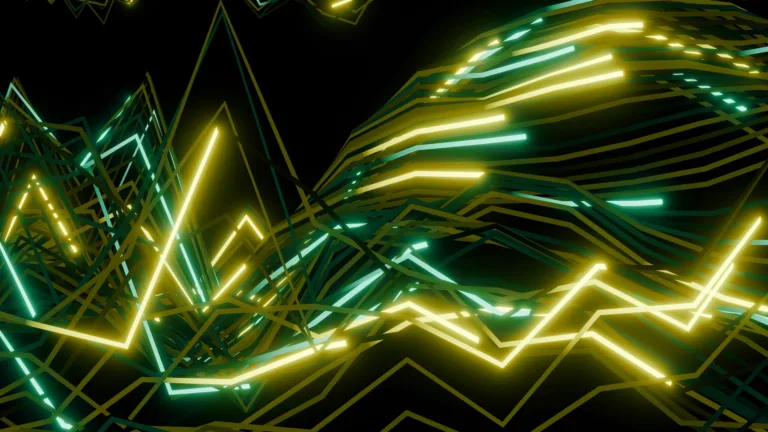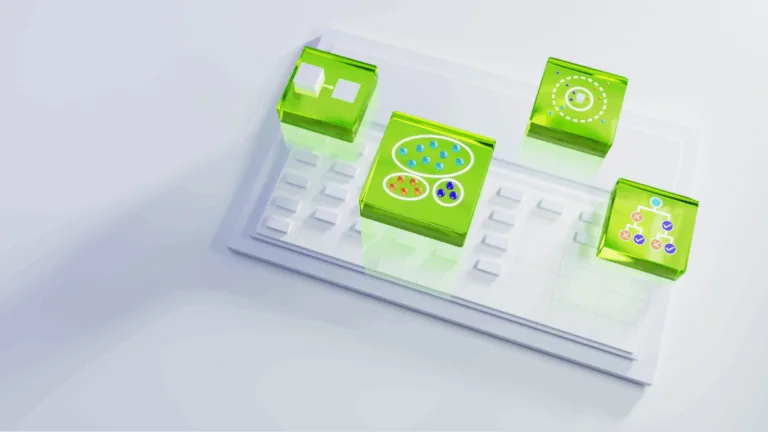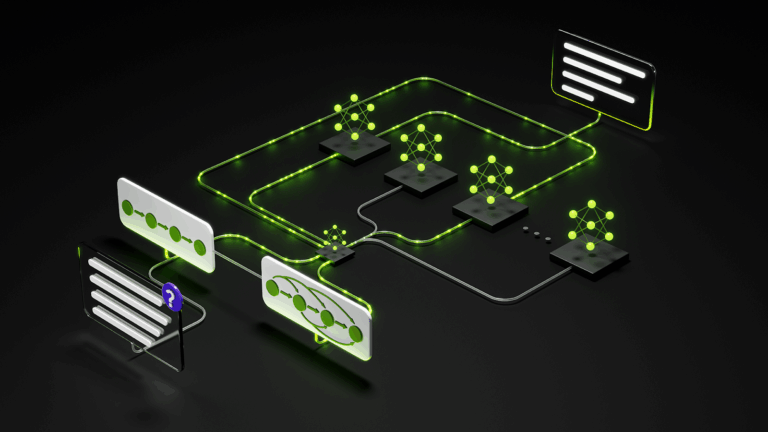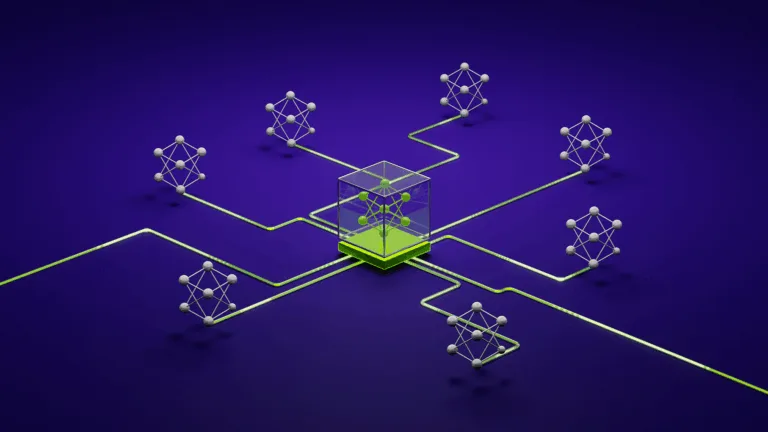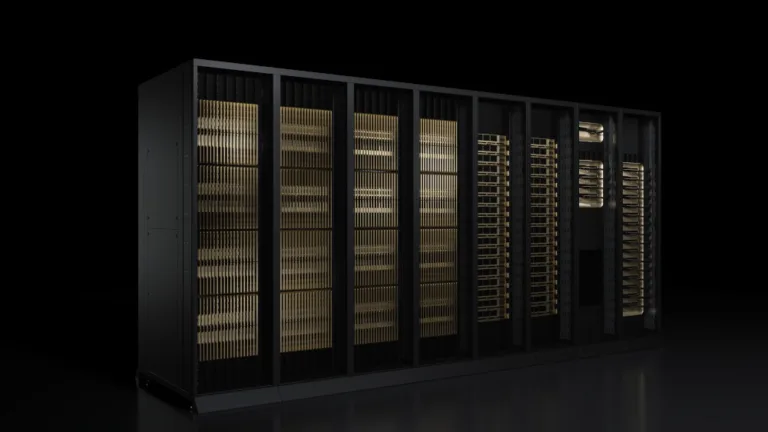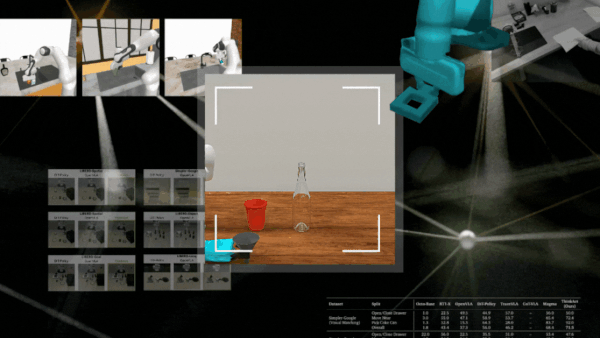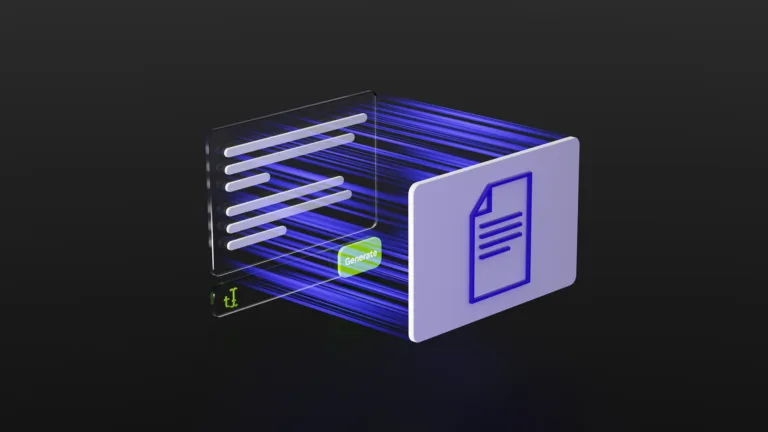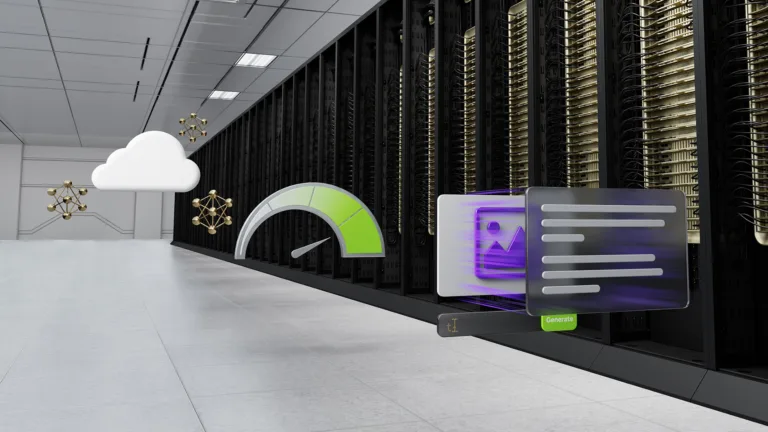In gamification, you will hear a lot about Flow. I myself have spoken about it many times. In games and gamification, we use it as a way to describe the moment that you get the challenge of a task exactly balanced with the skill of the person involved, leading to a state of absolute focus and possibly flow.
I have also written about how we in gamification especially get our description and understanding of Flow very wrong. But that is another story!
Anyway, I have been rethinking this a lot and have decided to stop talking as much about flow and more about the Engagement Channel.

Traditional Engagement Channel
Yes, the image is almost identical to the Flow image that I have used in the past. It focuses on the idea that if you can get the challenge and skill balanced just right – people will be more engaged and get the best experience. If the challenge is too much for them, they get frustrated, too little they get bored.
Rewards and Challenges
Over lockdown, I have started to play video games more than I have in a few years. One that has been especially enjoyable is Star Wars: Battlefront 2. It’s a simple enough shooter, but it has made me think a bit about how I understand the balance of challenge and skill in a game.
I have been mostly playing Co-Op mode. This sees you and 3 other players taking on various waves of enemy soldiers in an attempt to capture the map.
By our usual description of how challenge and skill need to balance, you would expect the challenge to increase constantly as you play the game. But the reality is, it doesn’t seem to change much. My skill constantly increases, but the waves of bad guys stay the same, the objectives stay the same – but yet I still enjoy every game as much as the last.
But why? Should I not be getting bored? My skill has increased, but the system created challenge is the same. It took me a while to work it out, but I think I have it. Whilst the system designed challenges – the levels, the bad guys the objectives – don’t change, my character and my personal challenges do. New weapons, skills and upgrades are unlocked allowing me to do more and achieve new heights.
The game doesn’t change, I do. I get new skills, creating my own personal challenges to overcome. Initially, I wanted to upskill my sniper but soon realised I enjoyed playing as the heavy weapon specialist, so began to challenge myself to unlock all the weapons available, to get all the news skills and to get all of the various trophies and awards related to killstreaks and the like. The game allowed me to do this, encouraged it even, providing rewards for my efforts and keeping me interested in achieving more.
So, my concept of the Skill vs Challenge model has had to change. New dynamics have entered into my mental model. Personal Challenges and Meaningful Rewards. To prevent boredom as system challenges remain the same, provide opportunities for the emergence of personal challenges to keep players engaged. On the flip side, to prevent frustration, provide meaningful rewards to give players hope and a reason to be resilient and continue playing, even if their skills are not quite up to it, encouraging them with congratulations, empowering them with new tools.
So, I present my new Engagement Channel Model! Let me know your thoughts



